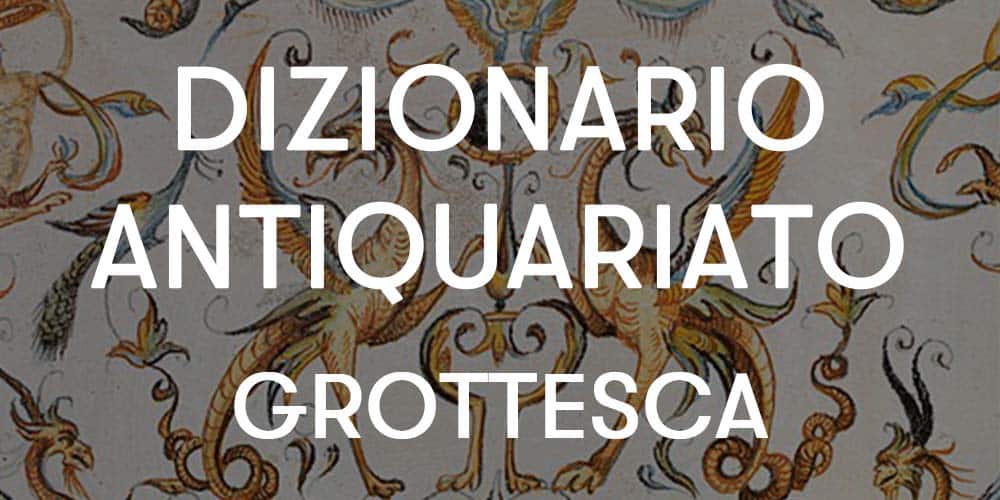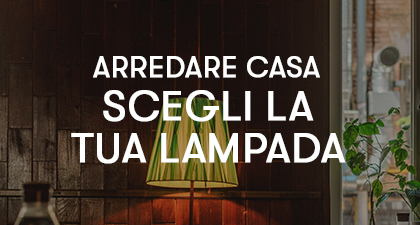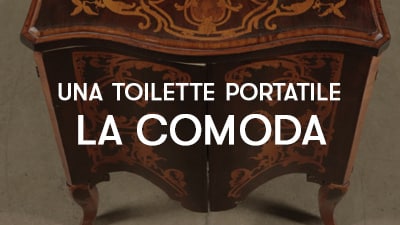
La parola di oggi è: grottesca. Ti spiegheremo cosa significa questo termine e come viene descritto dal Vasari. Infine, la solita piccola curiosità.
Cos’è la grottesca?
Prima di capire cos’è la grottesca, vogliamo fare una piccola precisazione: il termine viene quasi sempre usato al plurale. In questa pagina del nostro dizionario, quindi, potremmo usare “grottesche” ma ci stiamo sempre riferendo a “grottesca”.
Per spiegare il termine grottesca useremo le descrizioni dell’antichità. La parola si afferma nella prima metà del XVI secolo, probabilmente in ambiente romano. La prima comparsa la fa in Antiquarie prospetiche romane. Un poemetto redatto intorno al 1500 nell’ambiente leonardesco milanese. Vi riportiamo il passo in cui vengono citate le grottesche:
Spelonche ruinate grotte
di stucco di rilievo altri colore…
Andiam per terra con nostre ventresche con pane con presutto poma e vino
per essere più bizzarri alle grottesche
La forma più antica di “grottesca” deriva, come è facile immaginare, da “grotta”. È collegata ai ritrovamenti dei primi del Cinquecento di antiche decorazioni sulle pareti che si facevano a Roma, in particolare negli ambienti della Domus aurea neroniana. Questi venivano chiamati “le grotte”. Non erano edifici sotterranei, ma antiche costruzioni parzialmente o totalmente interrate in seguito a crolli.
Vi riportiamo una descrizione di N.Dacos che descrive cos’è la grottesca:
“La conoscenza dei sistemi decorativi delle volte neroniane viene a sconvolgere… le fondamenta stesse delle convinzioni estetiche degli artisti. Il vocabolario costituito da elementi mostruosi, parzialmente umani, animali o vegetali, raccolti secondo tutte le combinazioni tradizionali degli sfondi e decorazioni floreali di derivazione ellenistica, stimola la loro immaginazione e li spinge a concepire nuovi esseri ibridi e nuove metamorfosi”.
Quando nascono le grottesche?

Le prime affermazioni sulle grottesche si ebbero negli ultimi decenni del XV secolo nell’ambiente dei pittori fiorentini e umbri come: Filippino Lippi, il Ghirlandaio, il Perugino, il Pinturicchio e Luca Signorelli.
Le grottesche ebbero una grande diffusione. La loro fortuna si può ricondurre al loro utilizzo nelle Logge del Raffaello nel Palazzo Vaticano (1517-1519). Per scoprire di più su queste splendide opere dove fu particolarmente laborioso anche Giovanni da Udine ti consigliamo di guardare qui.
Un esempio
La grottesca spiegata in italiano antico come abbiamo fatto fino ad ora può essere difficile da immaginare. In realtà è un elemento decorativo molto utilizzato soprattutto per porte, cornici, quadri e mobili. Molto probabilmente lo avete già visto ma non sapevate il suo nome tecnico.
Come al solito vi mostriamo un pezzo presente nella nostra galleria.
È una libreria in stile neorinascimento sorretta da piedini intagliati. Sul fronte presenta due coppie di ante pannellate e intagliate nella parte inferiore, mentre in quella superiore presentano vetri con grate in ferro. Le ante sono separate da una lesena intagliata con motivi fogliacei, una cariatide e una figura militare; i montanti sono intagliati con un telamone e una cariatide a sostenere la trabeazione. Quest’ultima è intagliata con un’aquila centrale e motivi a grottesca.
Le grottesche e il Vasari

Nonostante il termine grottesca fu utilizzato da molti autori nel passato (Benedetto Varchi, 1547; Francisco de Holanda, 1548; Anton Francesco Doni, 1549; Michelangelo Biondo, 1549), la più antica descrizione del genere e della tecnica di esecuzione è di Giorgio Vasari nel 1568.
Vasari dedica un capitolo intero della Introduzione alle Tre Arti: della Pittura alla descrizione della lavorazione delle grottesche sullo stucco e sul muro. Giorgio Vasari è una pietra miliare della storiografia artistica e per questo abbiamo deciso di riportarvi le parole con cui ha descritto la grottesca:
“Le grottesche sono una spezie di pittura licenziosa e ridicola molto, fatte da gl’antichi per ornamenti di vani, dove in alcuni luoghi non stava bene altro che cose in aria; per il che facevano in quelle tutte sconciature di monstri per strattezza della natura e per gricciolo e ghiribizzo degli artefici i quali fanno in quelle cose senza alcuna regola, appiccando a un sottilissimo filo un peso che non si può reggere, a un cavallo le gambe di foglie, a un uomo le gambe di gru et infiniti sciarpelloni e passerotti…Furono poi regolate, per fregi e spartimenti fatti bellissimi andari”.
Vasari non si limita alla scrittura di un solo capitolo sulle grottesche. Nel XXVI, infatti, fornisce indicazioni per le grottesche “che si fanno sul muro” e nel successivo indica i quattro procedimenti delle grottesche sullo stucco. Dalla sua descrizione emerge che quest’ultima è la tecnica più raffinata; “fra esse si mescolano paesi, che molto danno loro de l’allegro, e così ancora storiette di figure piccole colorite”.
Piccola curiosità su la grottesca
Nella letteratura artistica, in particolare in età neoclassica, le censure erano molto severe. E, così, anche questo tipo fantasioso di decorazione viene sottoposto a censura. Per questo motivo gli scrittori utilizzavano il termine arabesco al posto di grottesca.
Da questo stratagemma per sfuggire alle censure nasce, però, un disguido: la grottesca viene spesso confusa con l’arabesco.
Per scoprire moltissimi altri pezzi di antiquariato decorati con elementi a grottesca ti aspettiamo nei nostri negozi e su appuntamento per fare un giro dei nostri magazzini.










